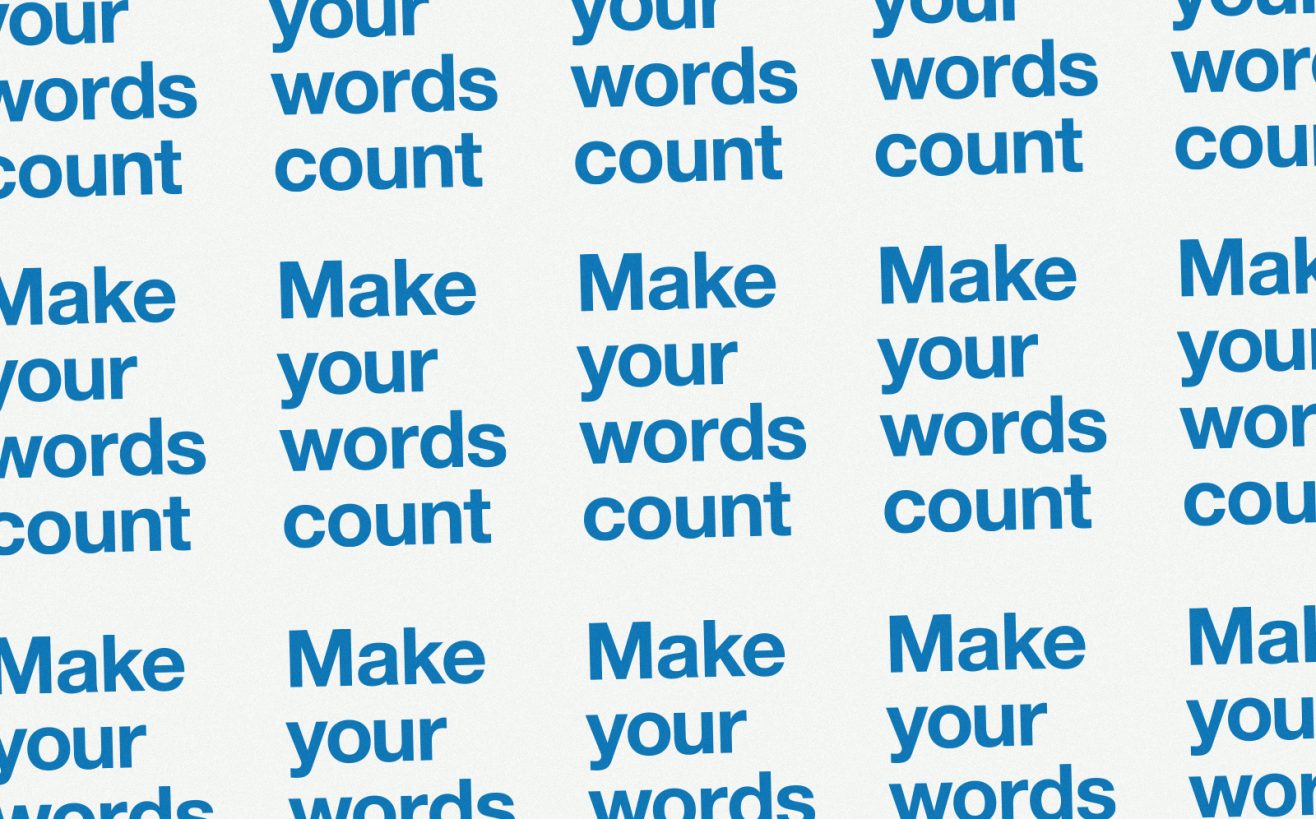Karen is a Publications and Information Officer in the screening team at Public Health England. Nick is responsible for public and professional information for all the national population screening programmes, including leaflets and online content.

Since 2013, we’ve been helping about 300 colleagues in the Public Health England (PHE) screening team to write content for screening reports, both printed and on GOV.UK. We knew from user feedback that some of these reports were too long – users didn’t have time to read them.
Our digital content team was also getting these reports and other publications as PDF files or after they had been signed off, when we couldn’t make changes or help much.
User need
The national Screening Quality Assurance Service team asked us to train their assessors to write effectively before we started publishing some of their content on GOV.UK.
We saw this as an opportunity to work more closely with everyone who writes across the organisation. We wanted to train everyone in PHE screening on what content design means and how best to work with us, not just how to write well.
We knew that GDS offers training in clear writing for everyone who publishes to GOV.UK, so we spoke to them. They weren’t able to train all 300 people in PHE screening, but they wanted to work with us.
Plan of action
We worked with GDS trainers to adapt the clear writing training they were running.
We found examples of content that worked for our writers, and looked for research that supported how we were asking them to write. We also added in a section on writing for blogs, as we needed to help people write blogs for the PHE screening blog service.
The writing workshops
The course focuses on writing user-focused content, which helps everyone at PHE Screening write better reports, emails and blog posts. We offer training to small groups, so we get to know everyone on the training.
Content designers need their colleagues to understand what content design is and how to work with content teams effectively. We raise understanding in the course by talking about user needs, how people read, accessibility and the data that content design is based on. We also practise pair writing, so they know of one great way to work with us.
Each session lasts for 3 hours, and is run by 2 people from our team. We review the slides for the next session based on how the course went and the feedback we got from attendees. The course changed a lot after the first few sessions, but it’s settling down. We think we’re meeting our users’ needs now.
What’s happened
We knew that the training would take up our team’s time and might be a bit scary. It helped that we worked with GDS to create the training, and they gave us feedback after the first 2 sessions.
But we think it’s been worth the time and trouble.
We’ve got stronger relationships with the people we’ve trained. They know who we are, and they’re more likely to come to us before content is signed off or turned into a PDF. We’ve even started pair writing sessions with subject matter experts.
We’ve now trained about half of PHE screening staff, and plan to train everyone else here by summer 2017. Although we were nervous about running the training ourselves, it’s become the best bit of the job for some of us.
You can do this too
Starting in April, GDS will be offering training for experienced content designers who work in central government to help them train others in their departments. If you want more information, please get in touch with gov.uk-training@digital.cabinet-office.gov.uk
Read about the PHE screening team’s work at the PHE screening blog or email the team at IEPP@phe.gov.uk if you want to know more about their experience of this training.
Follow GDS on Twitter, and don’t forget to sign up for email alerts.

